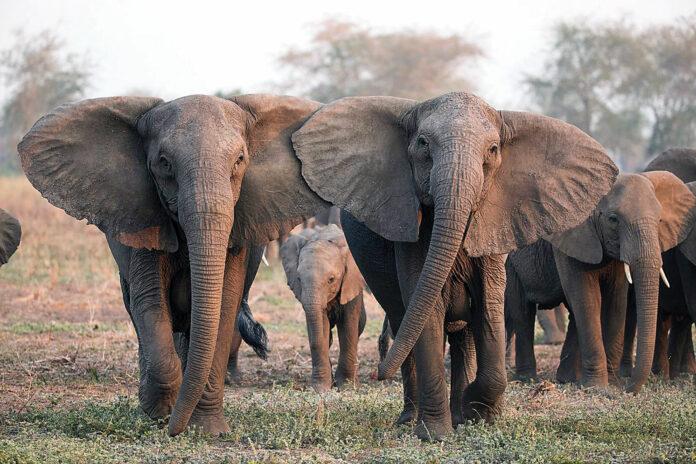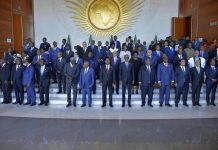Africa-Press – Botswana. Botswana will carry out its own elephant census to complement the ongoing Kavango Zambezi Trans-frontier Conservation Area (KAZA TFCA).
The government says it is undertaking a concurrent survey that covers part of the areas outside the KAZA TFCA landscape which support large elephant numbers.
KAZA spans five southern African countries: Angola, Botswana, Namibia, Zambia and Zimbabwe. The KAZA TFCA was formally established in August 2011 by the Heads of States of the five governments.
“This Botswana-only survey, which uses the same methodology as that used within the KAZA TFCA landscape, is expected to aid decision-making relating to elephants outside the KAZA TFCA landscape,” Botswana’s Department of Wildlife and National Parks (DWNP) has said.
The department says it will update on the findings of the survey alongside the KAZA TFCA survey once the survey is completed. The KAZA TFCA survey began on August 22, 2022, and is scheduled to be completed by November 30, 2022.
Elephant numbers have been estimated through aerial surveys since the 1980s with Botswana populations increasing over the years.
While elephants have been predominantly seen in northern Botswana – in and around the Chobe Region – their range has expanded from the core in the north to the south of the country and westwards. There is also a significant trans-boundary movement of elephants particularly between Botswana and Zimbabwe.
The movement especially towards the south and west has caused an increase in Human, Elephant conflict sometimes resulting in fatalities. Crop raiding has been another form of conflict with the giants tearing down fences and destroying farmers’ crops, water reticulation infrastructure like boreholes, reservoirs, and irrigation systems.
A background on Botswana’s Elephant Management indicates how elephant numbers picked up in the 1960s after their crash due to rinderpest disease and ivory trade in the 1900s.
An Elephant control unit was established in the 1960s but an increasing mandate led to the formation of the DWNP.
In 1991 a Conservation and Management of Elephants Plan was made to guide elephant management with the key outcome being to maintain Botswana’s elephant population at just above 50,000. However the implementation was not achieved and Botswana’s elephant population continued to rise significantly.
By 2002 a DWNP aerial census indicated the elephant population had exceeded 100 000, making Botswana the stronghold of the African elephant population. Some aspects of the 1991 management plan that were implemented included two ivory sales which took place in 1999 and 2008. Community based natural resource management was also introduced to drive conservation of natural resources, particularly wildlife, and consequently reduce human-wildlife conflicts.
KAZA TFCA’s were also introduced for closer regional collaboration on elephant conservation and
management. “Through the management plan the DWNP aims to maintain Botswana’s elephant populations through minimal interference and where required, adaptive management. We also aim to reduce human-elephant conflict to acceptable levels, while also preventing, reducing or reversing unacceptable elephant-induced environmental changes. We want to maximize the benefits from sustainable utilization of the elephant,” DWNP Director Dr. Kabelo Senyatso has said.
Botswana suspended hunting in January 2014 leading to low volume of trophies exported and loss of income to the communities dependent on the revenue they receive through the sale of hunting quotas. This was followed by a nationwide Presidential Cabinet Sub Committee on the Social Dialogue in 2019 on the hunting ban, with calls for the lifting of the hunting moratorium. An announcement on the lifting of the hunting ban was made in May, 2019, effectively lifting the hunting moratorium after a five year break. Botswana’s elephant population has been estimated at over 130,000.
For More News And Analysis About Botswana Follow Africa-Press






